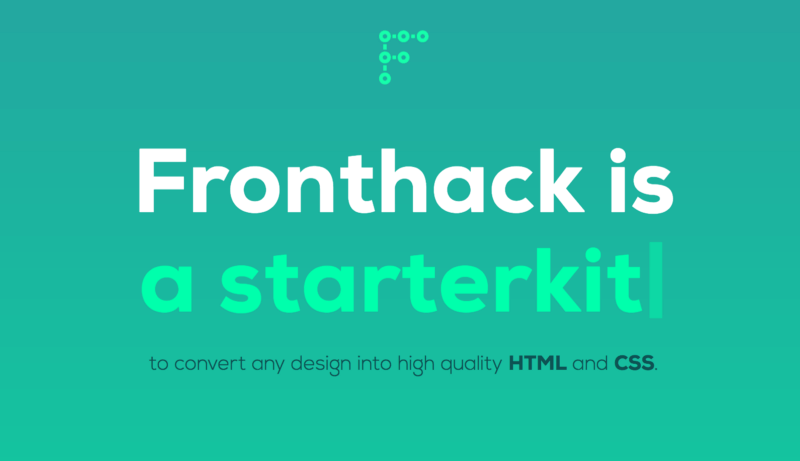From Web1 to Web3 and how to get ready for the new ‘verse’

Working in tech, you’ve undoubtedly heard this term through the online corridors. Claiming to be the future of the internet as we know it, Web3 is slowly growing into something more tangible than just another buzzword created by wealthy entrepreneurs and crypto enthusiasts.
When Harvard Business Review conducted an informal survey on LinkedIn in March (2022) , 70% of the users didn’t know what the term stood for, but by the end of the year this number will surely decrease. It’s not something to worry about since “Web1” and “Web 2” were mere definitions of how the internet keeps on changing over the years, and being in the middle of the change, understanding the practicalities of it all has always been the main goal. Not being familiar with the correct definitions never stopped us from understanding the world wide web, while using it.
While we’re at it, here’s a quick recap of the 3 pivotal moments in the history of Internet:
Web 1.0 is the early days of the internet in the 90’s where it was considered as a way to give people access to information. Using the internet back then could save us a trip to the library, however it was unorganized and a bit overwhelming. Then came Web 2.0 in the mid 2000’s with a few big tech players (Google, Facebook, Amazon) that centralized the knowledge and made it more easy for us to navigate, exchange information and execute transactions.
The growth of Web 2.0 went hand in hand with those of the multinational tech companies and their share in amongst the Internet’s board members “so to speak” became too big, leading to the current state of centralisation. We are trapped in the web of (unwillingly) exchanging data for access, giving these giants the possibility to influence people in any way possible.
Web 3.0 claims to be the answer to decentralization of the internet with users reclaiming their power through implementation of the Blockchain and other similar technologies.
The tech developments and/or practices you have surely heard of the past 2-3 years are:
Cryptocurrencies:
Virtual money is the new black and it keeps on growing: Bitcoin, Ethereum Cardano… all these are alternative forms of digital currency, designed to work as a medium of exchange through an encrypted computer network. Your digital coins are kept on a cryptocurrency wallet and some of these cryptocurrencies are actually eligible to purchase items and services with. For instance Tesla was one of the first companies to accept a cryptocurrency DOGE as a payment method for online purchases.
This decentralized technology is not dependent on central authorities, however the governments are looking into some regulations of some sorts as the users are not protected against different fraud tactics and the early investors are enjoying their gains without paying the appropriate taxes on these profits.
NFT’s
Non fungible tokens are closely related to crypto as they are usually purchased with cryptocurrencies. Consider it as a record on a blockchain which is associated with a digital or physical asset that can not be replicated. This asset can represent legitimate items like painted artwork and real estate, or digital items such as videos, audio and or photos. The most popular NFT’s you might have heard of are Bored Ape or Crypto Punks, with noticeable enthusiasts and owners such as Justin Bieber, Snoop Dogg, Steve Aoki, Jimmy Fallon, and more. Due to the volatility of both Crypto and NFT’s, governments are trying to find some reasonable regulations.
DAO’s
In order to recreate a self governing network with, the concept of DAO was born. The Decentralised Autonomous Organisation (DAO) describes a collective or company that is bound by coded self-proclaimed rules and regulations. The biggest difference between a DAO and the traditional modus operandi is that this time the rules and regulations are encrypted in a blockchain. Everything is encodable: the prices and details of items in a company as well as who’s eligible to enjoy pay-outs from the business. This way, no individual has the permission to alter the rules by themselves. Everything is in definition ruled by every member of the organization. This helps eliminate intermediaries such as landlords, accountants, lawyers… a myriad of implementations are being examined as we speak. The biggest DAO you should know about happens to be Uniswap, a cryptocurrency exchange built on the Ethereum blockchain. Anyone can become a member by holding the UNI token, which gives voting rights on the way the organization is run and administered.
Metaverse
This is where we virtually come into “play” as humans, in the most literal sense of the word. The Metaverse can be depicted as an “iteration of the Internet as a single, universal and immersive virtual world that is facilitated by the use of virtual reality and augmented reality headsets” In other words a world where humans can virtually create a new life, keeping social interactions as the core. These lives will be facilitated and enhanced with digital money, clothes, companies and even real estate endeavors. Since we’re only at the starting blocks of the Metaverse, it’s important to prepare ourselves for the course of this developing and disruptive story. So far, we have only scratched the surface of the myriad possibilities.
All these Web3 innovations are being developed to push the boundaries of technology, inviting users to tap in with bigger financial stakes and equal participation in the communities that they belong to.
On one hand, the internet that was once led by a powerful few is slowly transforming to a collaborative story featuring users that are conscious and informed, next to transparent organizations. We can’t imagine a world without the current social platforms but what we can do is envision simplified user access across all networks with just one 3FA login.
On the other hand, the driven Web 3.0 must follow and adjust their way of coding and/or create what we now call “dApps” which stands for decentralized apps.
When it comes to front end development, HTML, CSS, Javascript and more will remain similar to the Web 2.0. The shifting difference here is that developers will have to acquire the knowledge to work with smart contracts: consider them as pieces of code that are stored in a blockchain and only get triggered when certain conditions are met. This automates the workflow without needing an intermediary’s involvement in the process. Read more about the needed skills for web developers on The Recursive.
Cross-functional digital agencies such as WAAT are put to the challenge to stay many steps ahead and design purposeful design solutions with Web3 being part of the story. Constantly evolving is the only way to survive and thrive.
At WAAT we help our clients through:
- education: understanding the new vocabulary and how to recognize business opportunities through different signals
- strategy: consumer research and understanding the new CLM for your company, web3 stack strategy…
- design: building the right applications and platforms for you through roadmapping, prototyping, usability testing…
Don’t hesitate to reach out to our team of tech obsessed individuals who are glad to listen to your digital needs.






